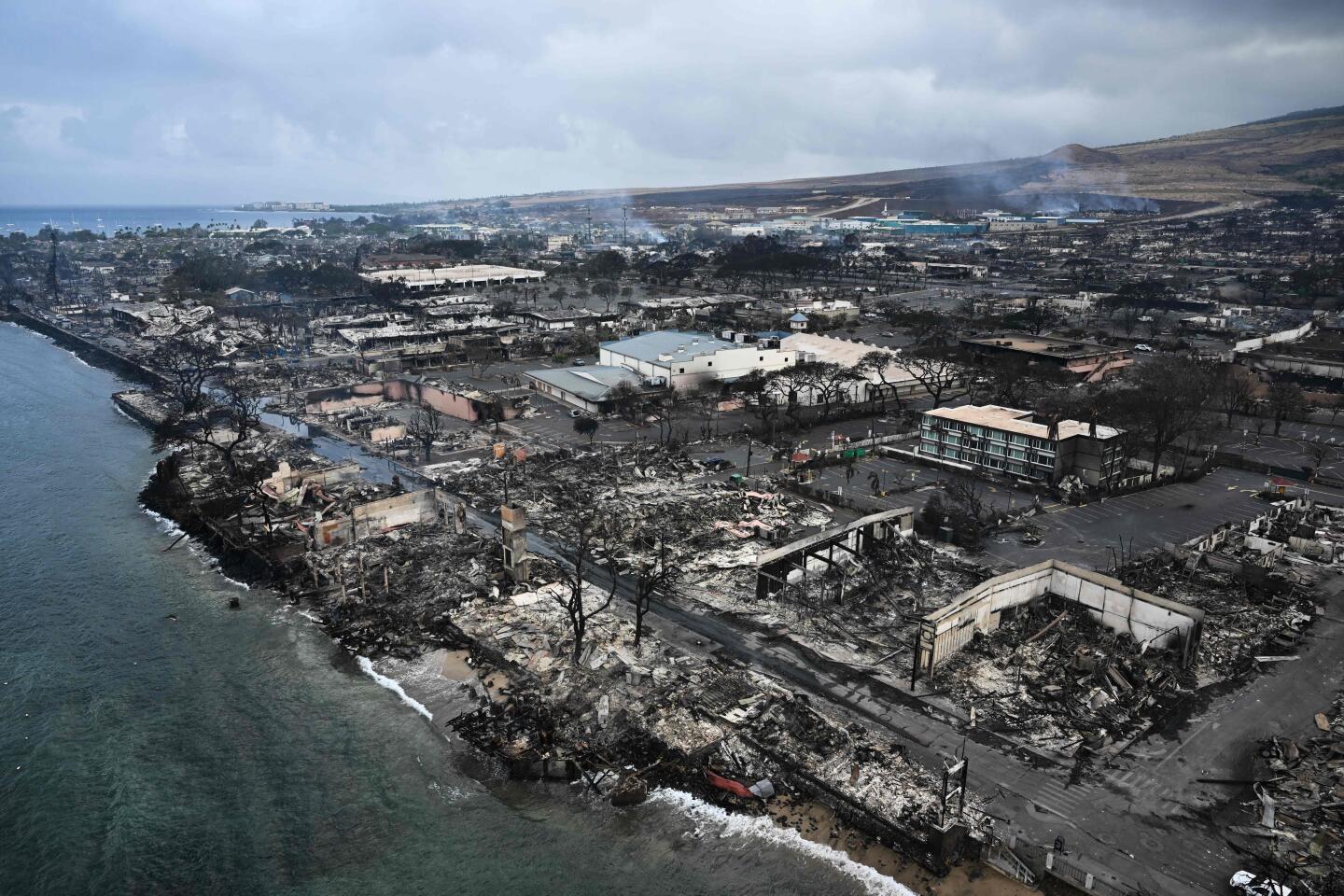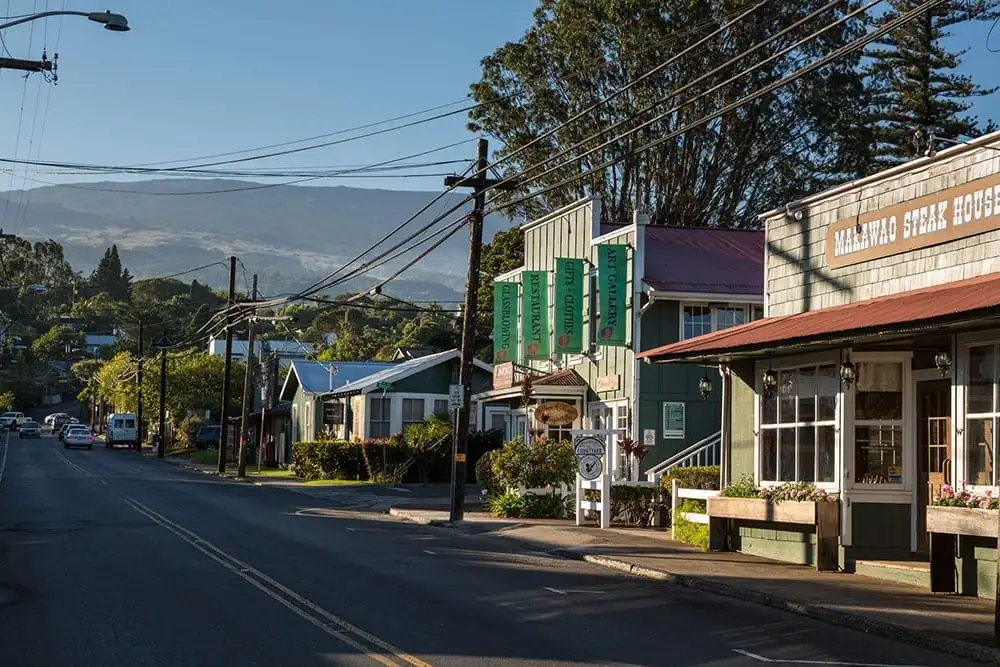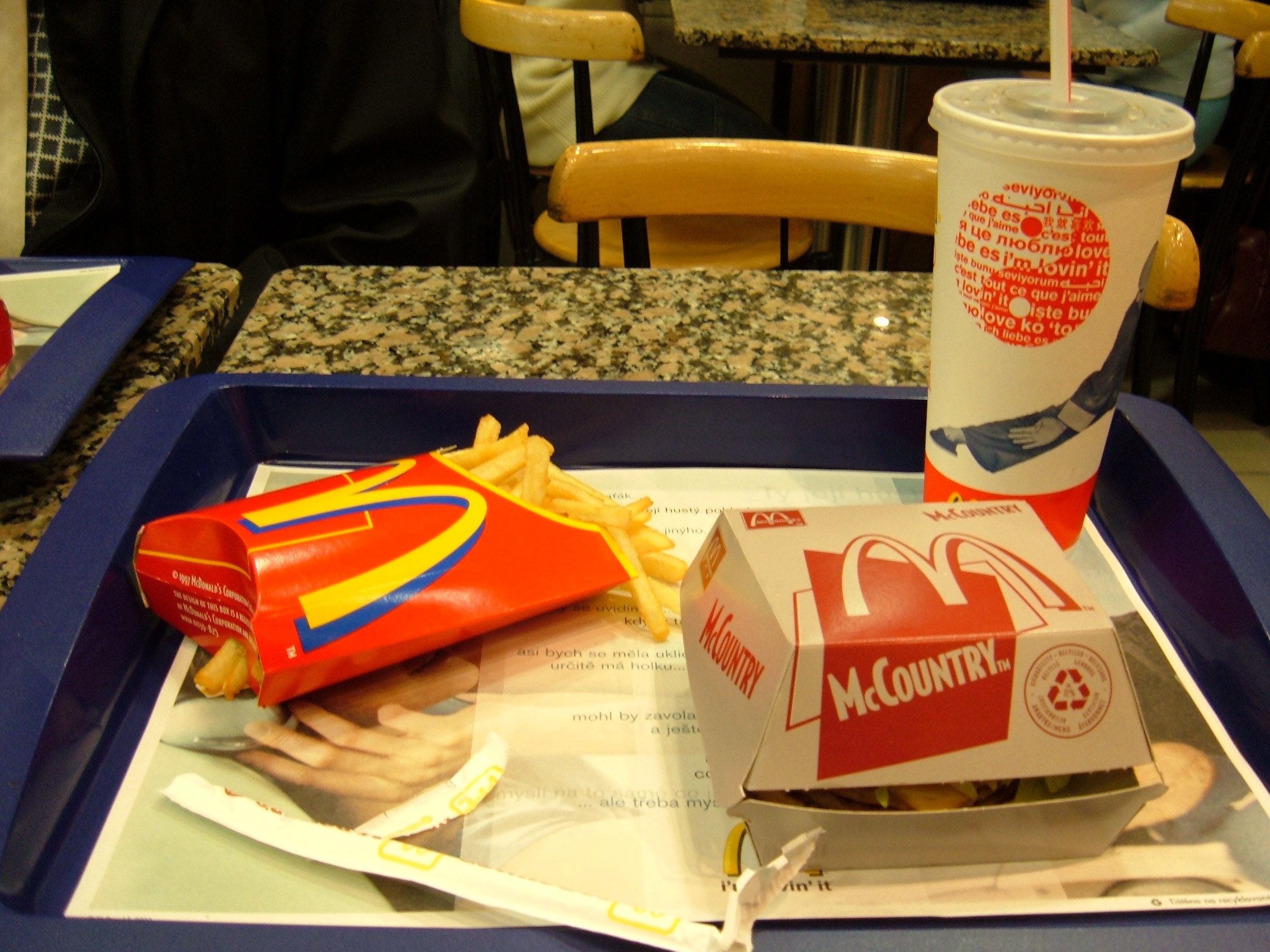
The devastating wildfires that tore through Maui in August left an indelible scar, most notably reducing the historic town of Lahaina to ash and claiming over a hundred lives. The images of destruction rightly dominated headlines around the globe, galvanizing an outpouring of grief and support for the survivors. But as the immediate shock begins to subside, another crisis is unfolding across the island, one tied directly to the economic lifeblood of Maui and sparking a difficult conversation about how, and when, visitors should return.
For many on Maui, the economy runs on tourism. Approximately 200,000 jobs across the Hawaiian islands are connected to this vital industry, and last year, visitors spent over $19 billion statewide. On Maui specifically, the “visitor industry” is an even larger force, accounting for a staggering 80 percent of every dollar generated on the island, according to the Maui Economic Development Board. When the fires hit, the urgent message was for visitors to leave, allowing the community to focus on rescue and recovery efforts. And leave they did, in droves.
The number of visitors arriving on Maui plummeted by about 70% in the weeks following the August 8th fire, dropping to just 2,000 a day. This sudden and drastic decline has sent economic shockwaves far beyond the burn zone. Richie Olsten, who has been in Maui’s helicopter tour business for half a century, uses rental cars parked at the airport as his barometer for the tourism-dependent economy. He sees fewer cars and worries about a “full-blown economic catastrophe.” His company, Air Maui Helicopters, once operated 25 to 30 flights a day; now it’s just one or two. This has forced them to lay off seven of their twelve dispatchers.

This pattern of business contraction and job losses is not isolated. Restaurants and tour companies across the island, even those miles away from Lahaina, are facing dire circumstances. Maui’s jobless rate, which was a low 2.5% in July, is now expected by University of Hawaii economists to climb as high as 10%. Nearly 8,000 people filed for unemployment on Maui in the three weeks after the fire, a stark contrast to the 295 filings during the same period in 2022. And unlike the pandemic, there are no Paycheck Protection Program loans for struggling businesses or enhanced unemployment checks for those who have lost their jobs.
The ripple effects are reaching even those whose businesses primarily serve locals. Gemma Alvior, a clothing designer in Kahului, estimates her clientele is almost entirely local residents. But she understands that even her business isn’t shielded in an economy so heavily reliant on tourism jobs. “If they don’t have a job, they’re getting laid off, how are they going to buy stuff?” she asks, adding, “What do they need to buy clothes for if they’re not working?” The interconnectedness of the island’s economy means that a collapse in one sector threatens all others.
Many local businesses are struggling to stay afloat. Graeme Swain, co-owner of the venerable Hali’imaile General Store, one of Maui’s most respected restaurants, laid off about 30 workers and temporarily closed after business shrank to just one-tenth of pre-fire levels. Swain described the sudden drop, saying, “It just fell off a cliff.” He made the difficult decision to cut staff to preserve cash and protect the long-term future of the restaurant, which was founded a century ago. He wants Hali’imaile to last decades more and describes his decision as a result of “a lot of soul-searching of what’s the right thing to do to protect that place.” Swain hopes to hire everyone back and aims to reopen soon.
The hotels on Maui, even those in unaffected areas like South Maui, are feeling the pinch. Mufi Hannemann, president of the Hawaii Lodging & Tourism Association, noted that even with many hotels housing federal aid workers and Lahaina residents who lost their homes, only half of the available hotel rooms are occupied. He described the situation plainly: it’s “pretty grim.”
The initial message for tourists to stay away was widely disseminated, not only by the Hawaii Tourism Authority but also by public figures. Jason Momoa, the Hollywood actor and Native Hawaiian, was one of the most prominent voices, telling his 17 million Instagram followers just two days after the fire, “Do not travel to Maui.” This message, while intended to allow the community space to heal and for resources to be directed to recovery, had the unintended consequence of bringing much of the island’s economy to a standstill.
The message from officials has since evolved. “Maui’s not closed,” Mayor Richard Bissen recently stated. The consensus among state and county leaders is that while Lahaina and the surrounding West Maui area are off-limits – as Mayor Bissen put it, “It’s not a place to stare” – the rest of the island desperately needs tourists to return. “Respect the West, visit the rest,” has become a motto adopted by some, emphasizing that large portions of Maui were untouched by the fires and rely heavily on the visitor economy to support residents and fund recovery efforts.
The Hawaii Tourism Authority has taken steps to clarify this, publicizing a map showing the unaffected areas and launching a $2.6 million marketing campaign to encourage tourists to return responsibly. Airlines have also started offering significant discounts, and some resorts are cutting room rates or offering free nights to entice travelers back. This shift in messaging reflects the growing concern that the economic fallout could exacerbate the human tragedy caused by the fires.
:max_bytes(150000):strip_icc()/GettyImages-1170709106-3edd40b165534fd1acec180fd29178ed.jpg)
However, the idea of tourists returning so soon is met with mixed feelings among residents. While business owners in unaffected areas plead for visitors, some residents, particularly those directly impacted or living near the burn zone, feel it is still too early. An individual who works in property management and at a Lahaina restaurant, whose family income is entirely dependent on tourists, nonetheless expressed that she doesn’t “think it’s an appropriate time to welcome tourism back into our area.” Cole Millington, a Lahaina resident who lost his home and business, was shocked to see tour boats operating snorkel tours near where bodies had been recovered just days earlier. He acknowledges it’s not the tourists’ fault but feels it “underscores a pathetic divide between people who live here and tourists who think Maui is Disneyland.” He pleads, “We ask that people give us time before we have to put on an aloha smile and be at your service.”
This tension creates a complex dilemma for travelers. Many have planned and saved for years for their Maui vacations and want to be respectful. They are searching for clarity, flooding online forums asking residents when and where it’s acceptable to visit. The debate is not simply about whether or not to visit, but how to do so compassionately and in a way that genuinely supports the community.
Dustin Tester, owner of Maui Surfer Girls, whose surf school and instructors were heavily impacted in Lahaina (seven lost homes, truck and boards incinerated), understands both sides. While her cabins at Olowalu Point survived, roadblocks prevent access, and instructors understandably want to help with recovery efforts rather than teach lessons. She doesn’t foresee reopening until Thanksgiving. Yet, she also observed tourists taking surf lessons in Kihei, on the island’s south side, just two days after the fires. She called it “greedy and insensitive” but immediately added, “but I get it. Surf schools have families and need to survive. This is high season.” This captures the difficult reality: while grief and trauma are pervasive, the need to earn a living is also urgent.

The economic urgency is perhaps most starkly articulated by Daniel Kalahiki, owner of the Like Poke food truck in Wailuku, an area untouched by the fires. He has seen his sales drop by half, and his wife’s beach apparel store in town has had days with no sales at all. Kalahiki took to Instagram, arguing that messages telling tourists to stay away are misguided. He stated unequivocally, “Lahaina’s closed. We grieve for them, we cry for them, we do everything we can for them, and it will never, ever be okay or be the same.” He emphasized that only residents or those involved in rebuilding should be in Lahaina. But, he stressed, “we still need the rest of the island to be open so we can continue to live.”
Kalahiki listed the areas still open and needing visitors: “Kihei, Wailea, open. Wailuku, Kahalui, open. Paia, Haiku, open. Hana, open. All of those places are still open.” He argued that hundreds of local businesses depend on at least some tourism, as does his own, even though it’s based on locals. He believes the fear he anticipated – people being financially impacted, losing jobs and businesses because tourists are being told to stay away – is becoming a reality. He specifically called out public figures who urged tourists to cancel trips, deeming it irresponsible. Directing a message towards Jason Momoa, he said, “Jason Momoa, have fun on your late-night shows throwing spears with your buddies, but what’re you guys going to do for us now?”
Kalahiki’s plea is direct and personal. He stated, “We all still need to pay our bills so that we can contribute to helping the people in Lahaina and Kula that have lost everything. We still need to survive.” His fear is palpable: “It will be the worst day of my life, if I lose my house to the bank because of Maui being ‘closed.’” His words underscore a critical point: the economic health of the unaffected parts of the island is essential to supporting the recovery efforts in the devastated areas.
State officials acknowledge the economic hit. Governor Josh Green noted that the disaster prompted them to lower their 2023 economic growth prediction for the entire state to 1.1%, down from 1.8%. For next year, they now expect 1.5% growth instead of 2%. Carl Bonham, an economics professor at the University of Hawaii at Manoa, estimated the fires would depress state tax revenues by $250 million this fiscal year. However, both expressed hope. Bonham was “encouraged” by the plan to reopen West Maui, and Governor Green expects most of West Maui (excluding the fire-damaged neighborhoods), which holds half of Maui’s total hotel rooms (11,000), to reopen on October 8th. Bonham predicts that discounted airfares and marketing appeals should help travel to areas outside West Maui return to pre-fire levels by Thanksgiving.
Related posts:
Maui beckons tourists, and their dollars, to stave off economic disaster after wildfires
After Maui Wildfires, Will Tourism Help or Hurt?
How Chefs And Local Restaurants Are Supporting Hawaiin Fire Survivors With Free Food & Donations




